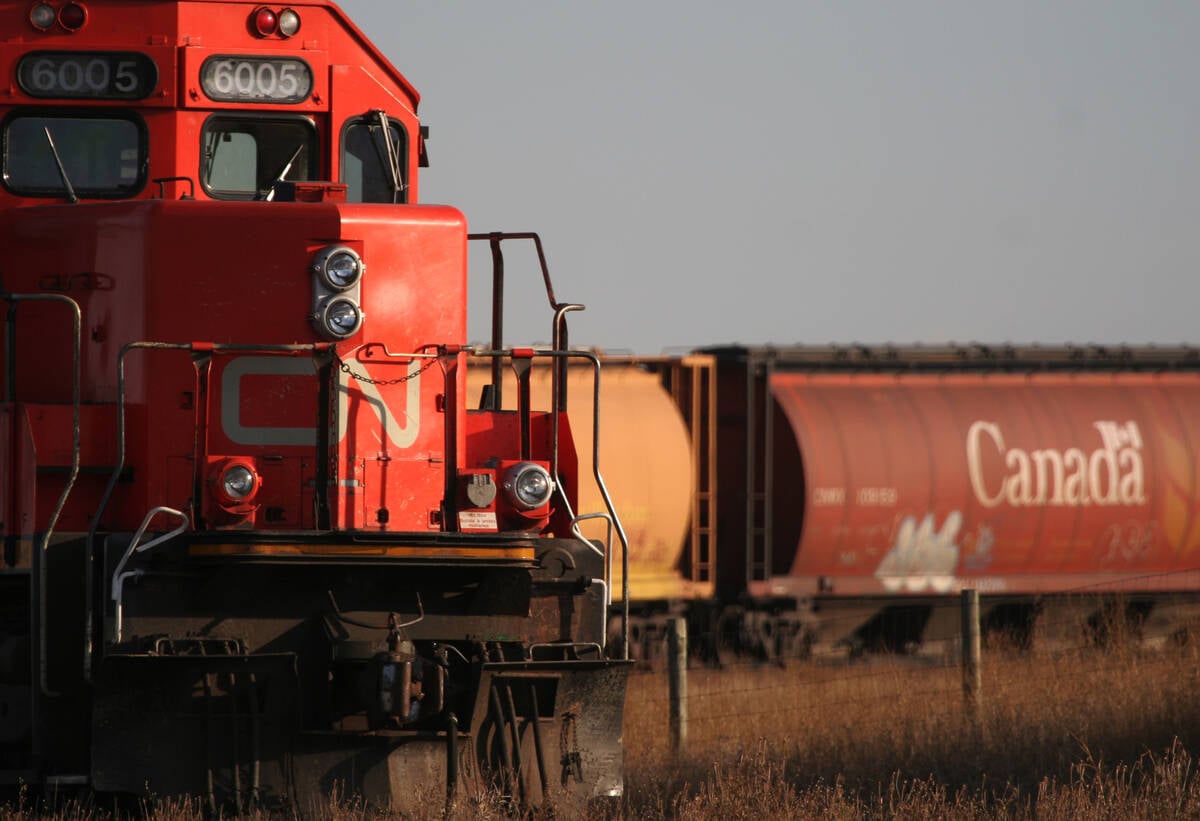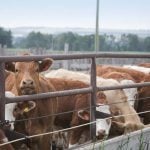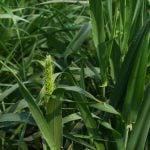CHICAGO, Ill. (Reuters) — Affordable feed and record-high spikes in cattle prices last year encouraged American ranchers to increase their herds at a faster pace than previously expected during the past year.
Expansion efforts by producers helped turn around the seven-year decline in the U.S. population from a 63-year low after severe drought hurt crops and forced ranchers to reduce the size of their herds.
The U.S. Department of Agriculture’s annual cattle inventory report showed the U.S. cattle herd as of Jan. 1 at 89.8 million head, up one percent from last year. Analysts, on average, expected a .1 percent decline from 88.5 million last year.
Read Also

Canada-U.S. trade relationship called complex
Trade issues existed long before U.S. president Donald Trump and his on-again, off-again tariffs came along, said panelists at a policy summit last month.
The data showed the Jan. 1 cattle population was larger than in 2013 and 2014 but still the third smallest since 1952, said University of Missouri livestock economist Ron Plain.
The results, some of which were revised upward from last year, imply lower-than-anticipated cattle prices and weaker beef prices beginning next year, analysts said.
The inventory figure was well above the average trade estimate, which suggests that more cattle are available and the breeding herd is growing faster than expected, said Plain.
The report put the number of beef cows at 29.7 million, up two percent from January 2014. And in a strong sign of producers’ intentions to expand, beef replacement heifers rose four percent to 5.8 million.
Analysts expected a more measured response to herd rebuilding, but attractive cattle prices, healthy pasture conditions and affordable feed caused ranchers to be more aggressive, Plain said.
USDA’s data deflates the argument about tight supplies this year, and will cause people to increase their slaughter estimates for this year, Nelson said.
“We will be raising our numbers for slaughter for this year and when expansion will hit, beginning in 2016 instead of 2017,” said Nelson.
JBS USA recently announced it will expand a Utah beef-processing facility, despite the tight cattle supply that forced some of its rivals to close plants.
“We’ve got bigger numbers coming down the road and JBS may have anticipated this better than the rest of us did,” said Plain.














